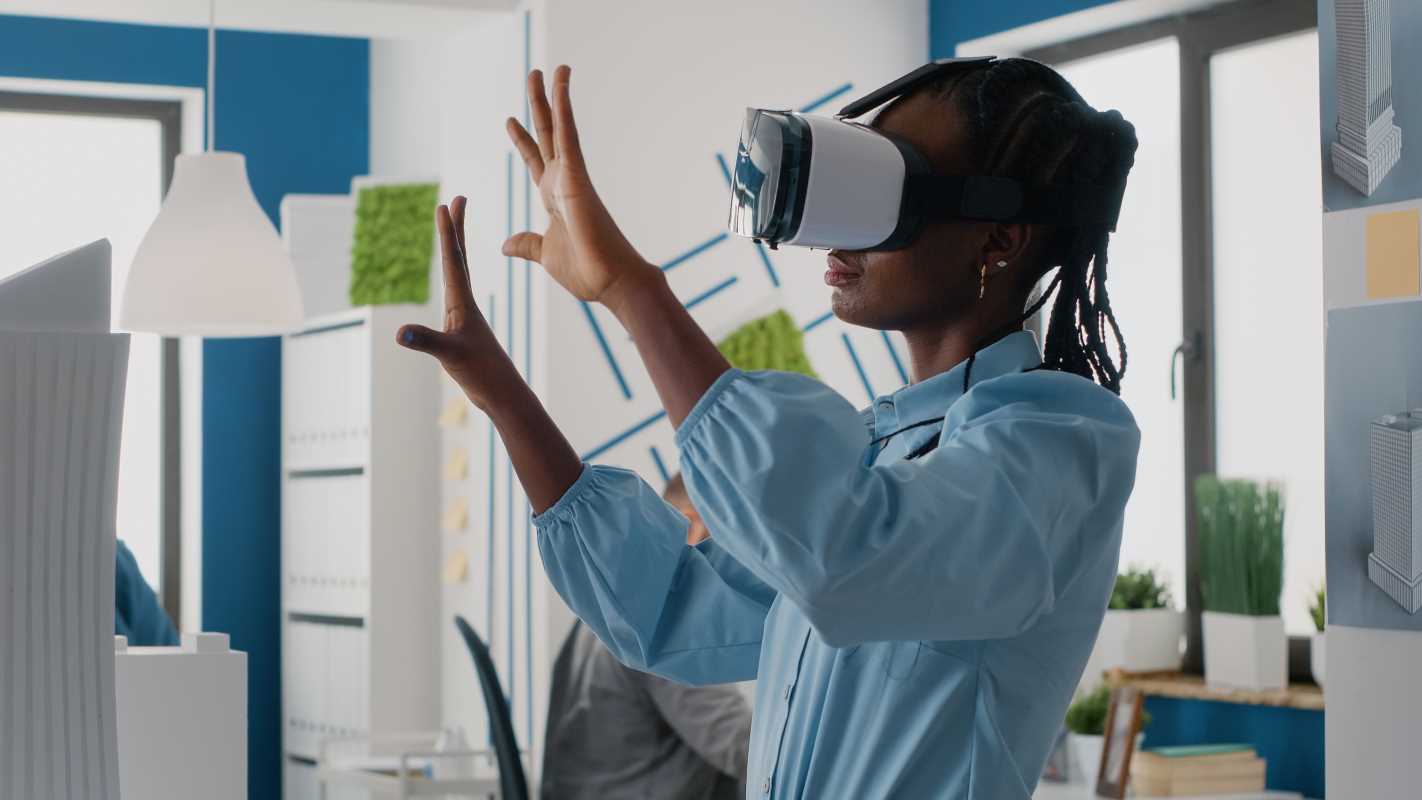Careful planning of an agenda guides participants to contribute, stay organized, and feel involved throughout a meeting. When you create a straightforward agenda, you offer structure that encourages conversation while allowing flexibility. This introduction will walk you through a practical approach: identify the essential elements of an effective agenda, highlight new ways to add value to meetings, share step-by-step instructions that you can use immediately, show how regular habits connect to successful follow-ups, and suggest visual cues that help keep everyone focused. With these techniques, you can make your meetings more productive and engaging for everyone involved.
We will walk through a five-step plan: present a new take on why a dynamic framework matters, dive into key building blocks in action, share in-depth examples for real scenarios, embed reinforcement links, and wrap with a visual blueprint to tie everything together.
Understanding Dynamic Collaboration
Teams respond to agendas that spark curiosity. When momentum builds around questions instead of tasks, conversation flows. Swap bullet points for prompts that invite critique and expansion. That shift repositions participants from passive note-takers into idea architects, fueling deeper engagement.
Use open-ended segments in your framework. Frame sections by outcomes, not routines. This approach nudges contributors to propose novel angles rather than simply report progress. The result feels like co-designing a meeting rather than enduring a checklist.
Real-World Implementation
- Topic Framing
- Purpose: Prevent side tangents by setting a focused prompt.
- Steps:
- Write a one-sentence question that captures the meeting’s aim.
- Email that prompt 24 hours before the session.
- Invite each attendee to revise or refine it.
- Cost/Availability: Uses existing email systems at no extra expense.
- Insider tip: Encourage shorthand replies—this cuts prep time and sparks more precise conversation starters.
- Timeboxing Segments
- Purpose: Maintain energy and prevent overrun.
- Steps:
- Estimate each discussion point’s ideal length.
- Assign an owner to track time.
- Display a visible countdown timer on screen.
- Cost/Metric: Free browser-based timer apps suffice.
- Insider tip: If a topic runs short, jump to a prepared bonus question to keep the rhythm tight and participants engaged.
- Participant Roles
- Purpose: Boost accountability and diversify engagement.
- Steps:
- List roles: questioner, summarizer, devil’s advocate.
- Rotate assignments each session.
- Record role assignments next to names on the agenda template.
- Cost/Availability: Use any shared document for zero cost.
- Insider tip: Pair the devil’s advocate with someone who typically brings consensus to surface overlooked objections.
- Action-Item Mapping
- Purpose: Transform ideas into outputs.
- Steps:
- After each segment, list one or two actions.
- Assign due dates and owners immediately.
- Share the updated list at the end for sign-off.
- Cost/Metric: Integrates into most project tools.
- Insider tip: Use deadline color codes—red for this week, orange for next week—so follow-ups stand out.
- Feedback Loop
- Purpose: Refine future agendas through quick reactions.
- Steps:
- Pose two simple prompts: “What worked?” and “What to adjust?”
- Capture responses on the spot.
- Integrate one change into the next draft.
- Cost/Availability: Use poll features in video-call platforms at no extra fee.
- Insider tip: Keep feedback rounds under two minutes to avoid fatigue and show that the step matters.
These five practices anchor each session in clarity, keeping attention on outcomes and ensuring next steps stay visible.
Core Components of Your Agenda
Outline the structure with these foundational elements.
- Contextual Kickoff: Brief welcome and statement of purpose.
- Key Discussion Prompts: Open questions or challenges aligned to objectives.
- Data Checkpoints: Specific items to review progress or metrics.
- Decision Moments: Clear spots for choosing next actions or approvals.
- Wrap-Up and Next Steps: Confirm assignments, dates, and any follow-up materials.
This sequence helps every participant know what to expect and jump in with purpose.
Feel free to reorder these elements based on team needs. Some groups begin with a rapid-fire idea session, others prefer data first. Use your context map as a guide.
Linking to Reinforcement Rituals
Embedding follow-up rituals makes your structure stick. After every session, schedule a brief check-in to surface wins and roadblocks. That makes the multipurpose meeting agenda feel like part of an ongoing rhythm, not a one-off event.
Set a recurring 10-minute reflection at week’s end. Invite everyone to share one insight gained from agenda prompts. This ritual cements lessons and sharpens future focus.
Adding a Visual Blueprint
Visual aids help clarify complex agendas. A simple flowchart or annotated slide helps people see how segments connect. Use icons or color bands to signal shifts between brainstorming, decision-making, and follow-up.
Bullet lists often lack context—replace them with a timeline graphic. Place agenda items along a horizontal band, with checkpoints marked by icons. That way, attendees can glance at the slide and know exactly where they are and what’s next.
- Flowcharts map out sequence. Use free diagram tools to lay out blocks for each segment. Color-code by priority and include small arrows to show dependencies.
- Annotated slides combine text and visuals. Add sticky-note style callouts to highlight key questions or prompts. This approach keeps eyes on the screen and off notebooks.
- Interactive whiteboards let remote teams grab elements. Host a shared canvas where people drag new topics or vote on items in real time.
Pair visuals with brief verbal cues. That approach satisfies both visual and auditory preferences, making the structure more memorable.
Clear agendas drive follow-through and keep teams focused. Use value, practical steps, reinforcement, and visual cues in your template to maintain engagement.







